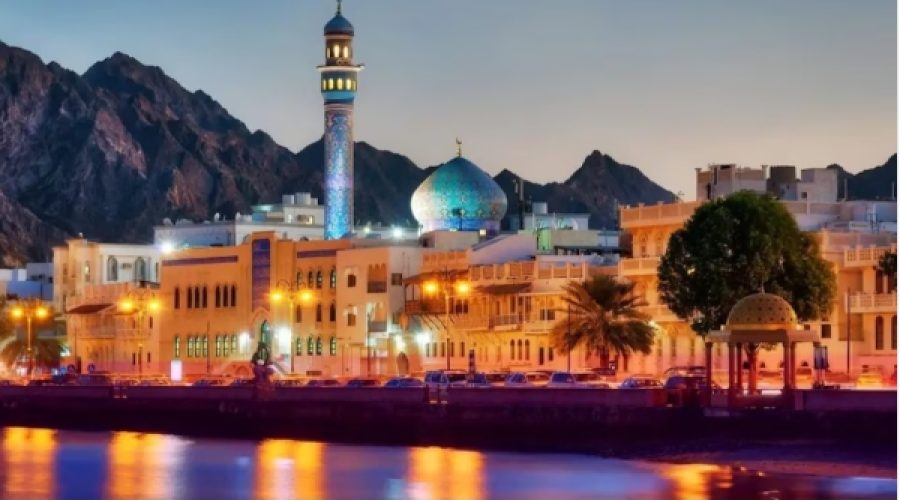Long-Term Visas Transforming Gulf Real Estate: What Investors Need to Know for Success in Oman
By Jeremy Savory
Despite offering high-quality real estate, stable governance, and breathtaking natural scenery, the Sultanate of Oman has frequently been overlooked by international investors. However, this trend is beginning to shift. While Dubai continues to capture attention for real estate investment opportunities, Oman is now making a strong case for foreign investors seeking to secure their wealth in light of the challenging macroeconomic conditions in Europe and the U.S.
This transformation is indicative of the growing impact of long-term visa programs in the GCC countries, including Oman, the UAE, and Saudi Arabia, which are increasingly influencing investment decisions and shaping regional property trends.
Strategic Wealth Diversification
Throughout the GCC, real estate investment dynamics are being reshaped by the benefits of long-term visa initiatives. Programs like the Golden Visa in Oman and the UAE are driving an uptick in foreign investment, offering 5 to 10-year renewable residency permits for property investments ranging from OMR 250,000 to 500,000 in Oman and AED 2 million or more in the UAE.
From Muscat to Dubai, Abu Dhabi, and Riyadh, the correlation between residency and real estate is becoming increasingly apparent. In 2024, the GCC real estate market surpassed $383 billion in transactions, with the UAE reporting a 98.45% increase in Golden Visas issued between 2022 and 2023. At Savory & Partners, we have noted a significant rise in inquiries regarding the UAE’s Golden Visa program.
Market Hotspots
This growing trend is reflected across the GCC, with Dubai, Abu Dhabi, Riyadh, and increasingly Muscat becoming key entry points for foreign investors. The UAE continues to set the gold standard for yield and liquidity, enabling investors to effectively deploy their capital and secure long-term, stable residency options. The absence of income and capital gains taxes greatly enhances net returns, presenting a value that is hard to find in comparable residency-by-investment opportunities in Europe or the U.S. Current figures show rental yields typically range from 6% to 9% per year, with rental prices surging by 16% over the past year. These market conditions, combined with supportive government initiatives and sustained population growth, position the UAE as one of the top destinations for long-term property investment globally.
Turning to Saudi Arabia, the Kingdom is undergoing a transformation under Vision 2030. Recent announcements to relax foreign ownership rules and allow non-Saudi nationals to buy property in designated areas of Riyadh and Jeddah are enhancing its attractiveness for investors. Moreover, the expansion of the Premium Residency Permit in 2024, allowing real estate ownership as a route to visa issuance, highlights a pivotal policy shift. This positions the Kingdom as an appealing hotspot for those wanting to establish a presence in the GCC, particularly alongside the development of significant projects like Diriyah and New Murabba.
In Oman, Muscat and Salalah are emerging as investment hubs emphasizing lifestyle, nature, and cultural preservation, moving away from the futuristic skyscrapers often associated with neighboring regions. This shift has been propelled by the development of Integrated Tourism Complexes (ITCs), which allow foreign investors to purchase property while directly linking to the Oman Golden Visa. Locations like Al Mouj and Muscat Bay offer exclusivity and serene coastal environments, presenting a compelling long-term investment opportunity compared to other GCC hotspots.
The Way Forward
Across the Gulf, property has evolved from merely being an asset class to a vital means of achieving residency. Investors, entrepreneurs, and families are leveraging real estate not only for returns and financial security but also to enhance geographic mobility. As Gulf governments continue to align long-term residency with property ownership, real estate is rapidly becoming the most efficient and logical strategy for mobility.
Jeremy Savory is the CEO of Savory and Partners.
Special Analysis by Omanet | Navigate Oman’s Market
The shift in international investment focus toward Oman signifies a unique opportunity for businesses to capitalize on the growing demand for real estate linked to residency options. As Muscat and Salalah emerge as lifestyle-driven investment hubs, the potential for capital appreciation in integrated tourism complexes presents a compelling case for smart investors and entrepreneurs to explore undervalued opportunities in the region. With GCC countries increasingly tying residency to property investment, now is the time to strategically position for sustained growth and expansion in Oman’s evolving real estate landscape.



